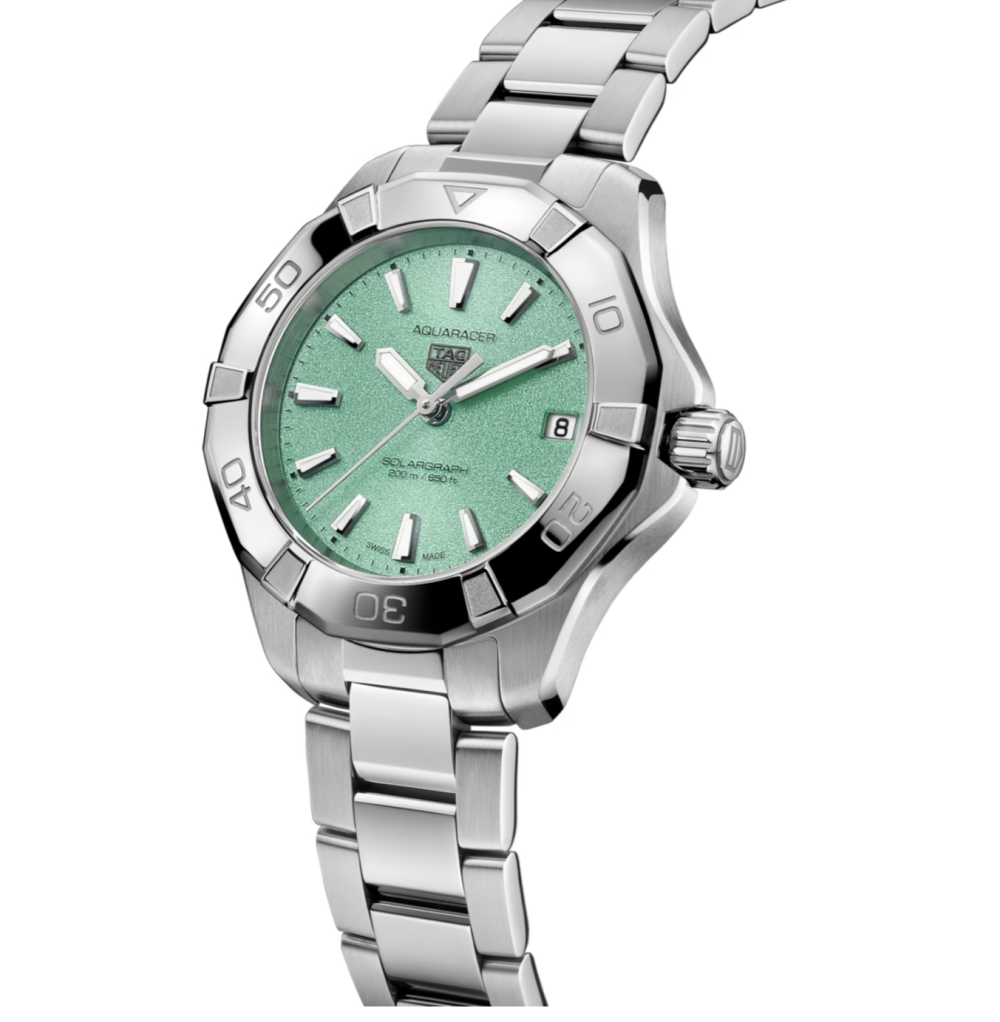Editor’s Choice | TAG Heuer Aquaracer Professional 200 Solargraph
“Time is an illusion.” — Albert Einstein
The Aquaracer Solargraph is for those who want a no-compromise tool watch that’s also eco-forward and reliable. Whether you’re a hiker, diver, skier, or just love watches that "just work," this is TAG Heuer’s most accessible, sustainable sports watch—without sacrificing style.
The Aquaracer Professional 200 Solargraph is made for outdoor exploration, from mountain trails to coastal dives. It’s rugged, ultra-lightweight (especially in Grade 2 titanium models), and incredibly low-maintenance thanks to the solar movement—no battery changes required.
The Solargraph is TAG Heuer’s proprietary solar-powered movement, based on a collaboration with La Joux-Perret (Caliber TH50-00). It charges via any light source—sunlight or artificial light—and stores energy in a rechargeable battery. Just 2 minutes of sunlight provides enough power for a full day, and a full charge lasts about 6 months. With a power-saving mode, it can last up to 3.5 years without further exposure to light.
Key Specs (Typical Model Specs, May Vary Slightly)
Case size: 40mm or 34mm (depending on version)
Case material: Titanium or stainless steel
Bezel: Unidirectional rotating bezel (ceramic or steel)
Crystal: Sapphire with anti-reflective coating
Movement: TH50-00 Solargraph quartz (solar-powered)
Water resistance: 200 meters (660 ft)
Dial: Luminous indexes and hands, often with glacier or sunray patterns
Strap: Rubber or steel bracelet
Special edition features: Some models include icy blue accents or Super-LumiNova® elements for extreme visibility in the dark
Notable Model: Aquaracer Professional 200 Solargraph Titanium (Ref. WBP1180.BF0000)
Case: 40mm sandblasted titanium
Dial: Textured black with icy blue accents and luminous markers
Movement: TH50-00 solar quartz
Bracelet: Titanium with folding clasp
MSRP (as of 2025): ~$3,100 USD
The History of TAG Heuer: A Legacy of Swiss Precision and Innovation


